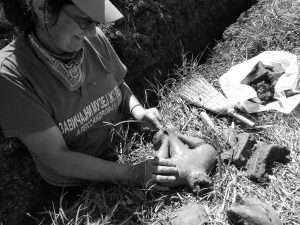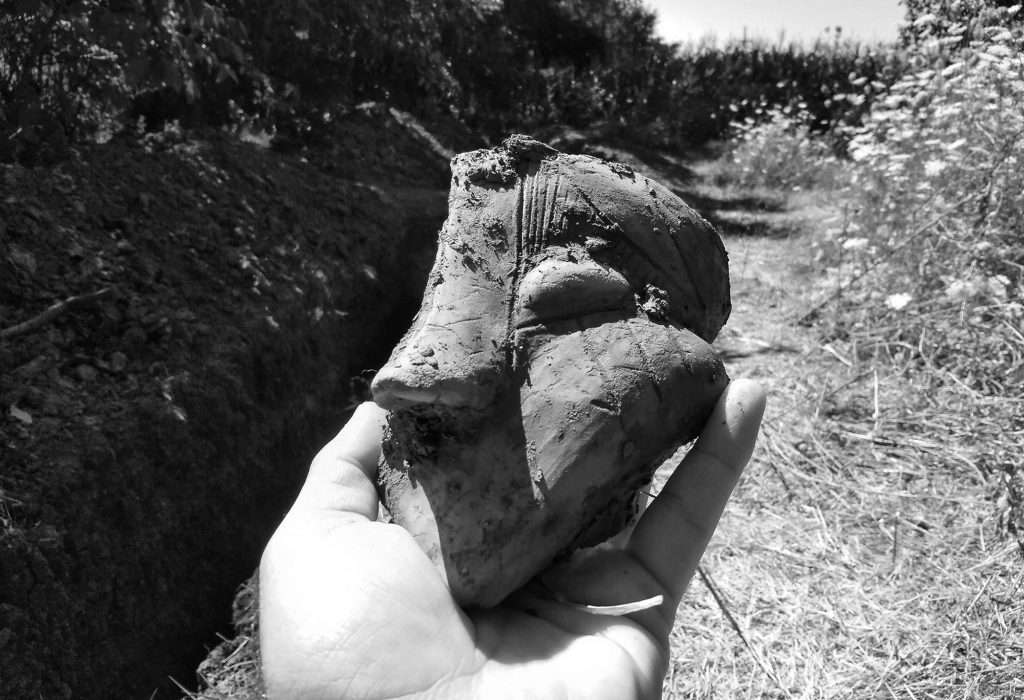A 6,500-year-old fertility figurine worshipped by members of the Vinca culture in present-day Serbia has been discovered by archaeologists.
The fertility figurine was found at the archaeological site Vitkovacko polje, which is older than the Egyptian pyramids, near the town of Aleksandrovac in the central Serbian district of Rasina.

The fertility goddess, discovered by female archaeologist Sanja Crnobrnja Krasic, is the fourth such figurine found at the site and is made of baked clay.
According to the experts, the figure was made by members of the Vinca culture, a Neolithic civilisation based in present-day Serbia.
It dates back to between 3,500 and 4,500 BC and was found in several pieces. The goddess’ upper body was found separately to its head and legs, according to local media.
Krasic said: “If there wasn’t the intention to make an irrigation system, we wouldn’t be meeting this beautiful Venus figure today.
“For better crops, the people used to pray to fertility goddesses like this one.”

As well as the figurine, archaeologists also found the remains of a millstone and a stove.
Just 50 metres from where the 6,500-year-old fertility figurine was found, scientists reportedly unearthed four Neolithic goddesses in 1969 including the famous ‘Lady of Aleksandrovac’.
To find out more about the author, editor or agency that supplied this story – please click below.
Story By: Angjela Trajkovska, Sub-Editor: Joseph Golder, Agency: Central European News
The Ananova page is created by and dedicated to professional, independent freelance journalists. It is a place for us to showcase our work. When our news is sold to our media partners, we will include the link here.




